7 active pests to watch out for in the fall
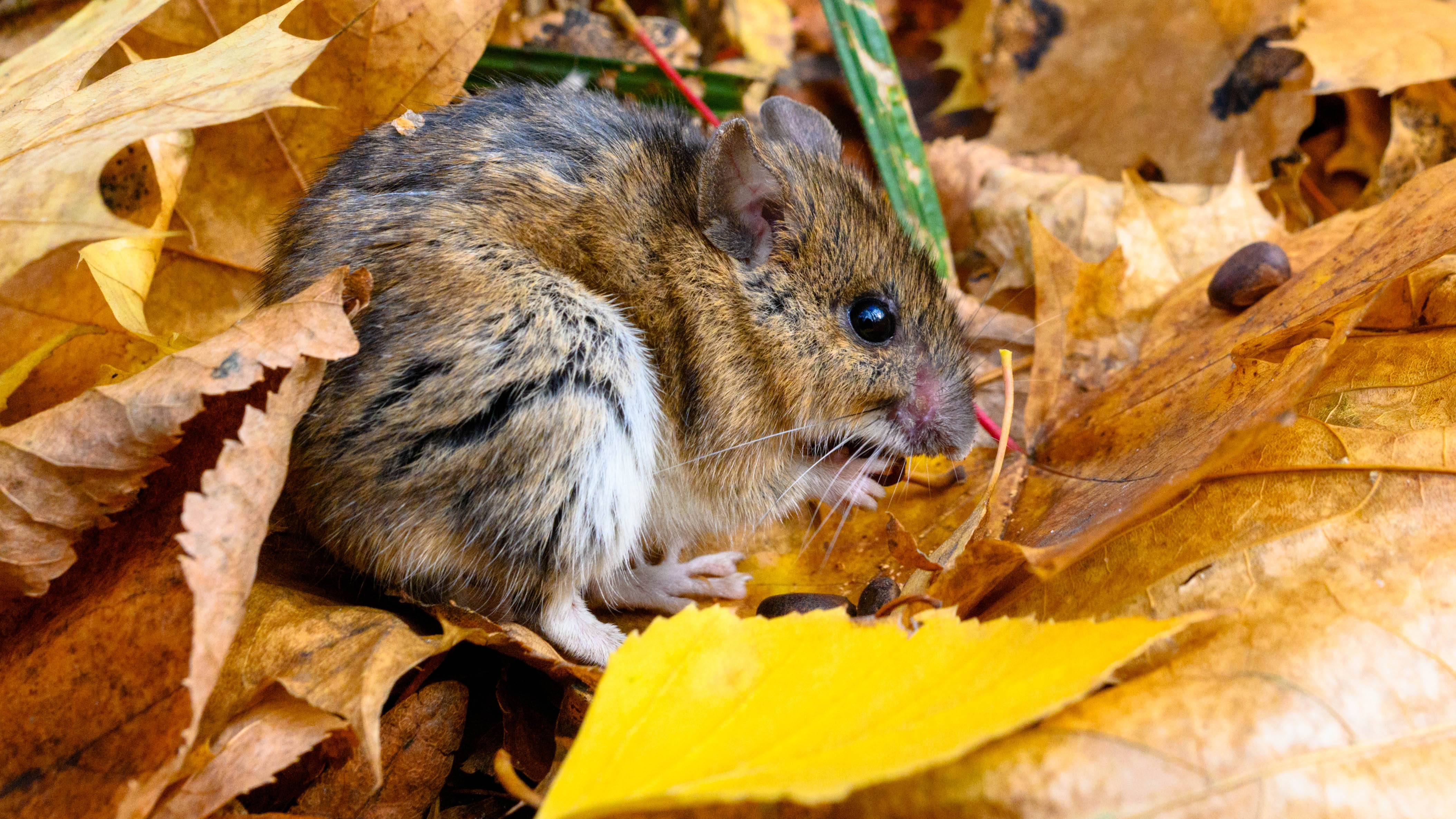
If you’ve seen more insects and pests appearing in your home or yard recently, chances are there will be more to come this season. And as the months get colder, certain pests will start forcing their way into properties to seek warmth, food and shelter until the warmer temperatures return.
Typically known as overwintering pests, these tend to creep inside through cracks, holes and crevices, head to a warm place and enter diapause—a bug’s form of hibernation.
Trouble is, once pests settle inside your home, it can be difficult to get rid of them. What’s more, they can carry and spread a host of diseases which can affect your family's health, as well as cause potential damage to your property. That’s why it’s important to put preventative measures in place to help best deal with the pest problem.
So if you want to be prepared and one step ahead, here are 7 active pests to watch out for in the fall.
1. Mice
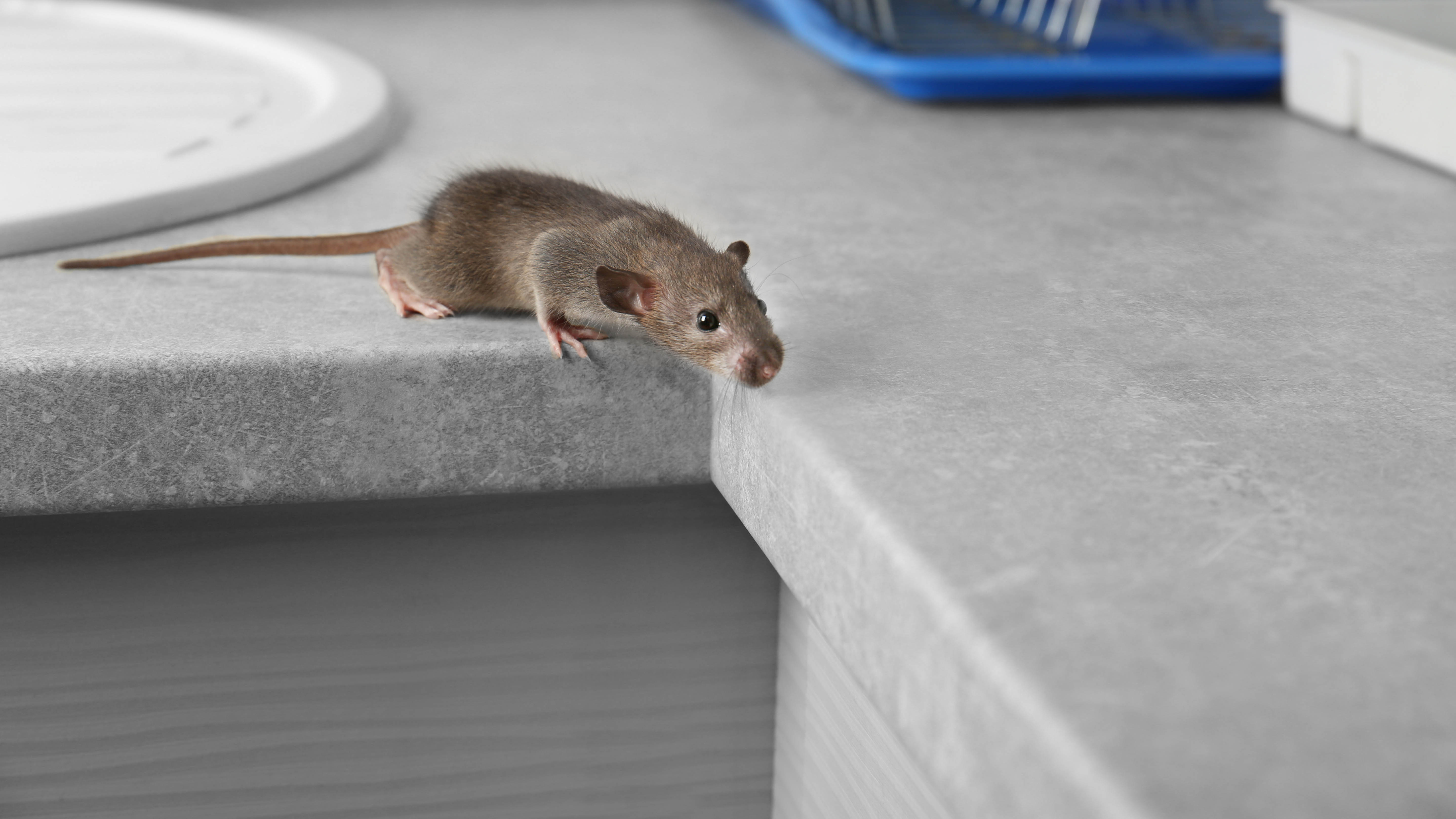
Although you can see mice pretty much anytime of year, such rodents are more common during the fall. Generally, mice are seeking food, warmth and shelter — so it’s important to eliminate these sources wherever possible.
First, you’ll need to eliminate all the things that attract rats and mice to your home in the first place. These include things like available food sources, standing water, visible entry points and lumber wood.
Secondly, if you’re uncertain of pest activity, these are the 7 telltale signs you have mice in your home. Typically, these include droppings, urine, track marks and a foul odor in certain areas.
Get instant access to breaking news, the hottest reviews, great deals and helpful tips.
The best way to get rid of mice and prevent them from entering the home is to block points of entry by sealing any small holes in your foundation, siding, and doorway by using caulk or weather-stripping such as Foam Insulation Tape, Weather Stripping Door Seal Strip ($13, Amazon) as a barrier. And since mice can squeeze through holes the size of a nickel, it’s important to eliminate every crevice.
In addition, remove all food sources, keeping all food sealed in airtight containers. And eliminate potential nesting areas, by disposing of cardboard paper, recyclables, and store away spare fabric, rugs and blankets.
Of course, if none of the above has worked, or you have an infestation on your hands, always call the professionals. Their expertise can help with the best placement of the traps, finding potential entryways and safe disposal of rodents.
Alternatively, you can try one of these 7 plants that keep mice and rats from invading your home.
2. Bed bugs
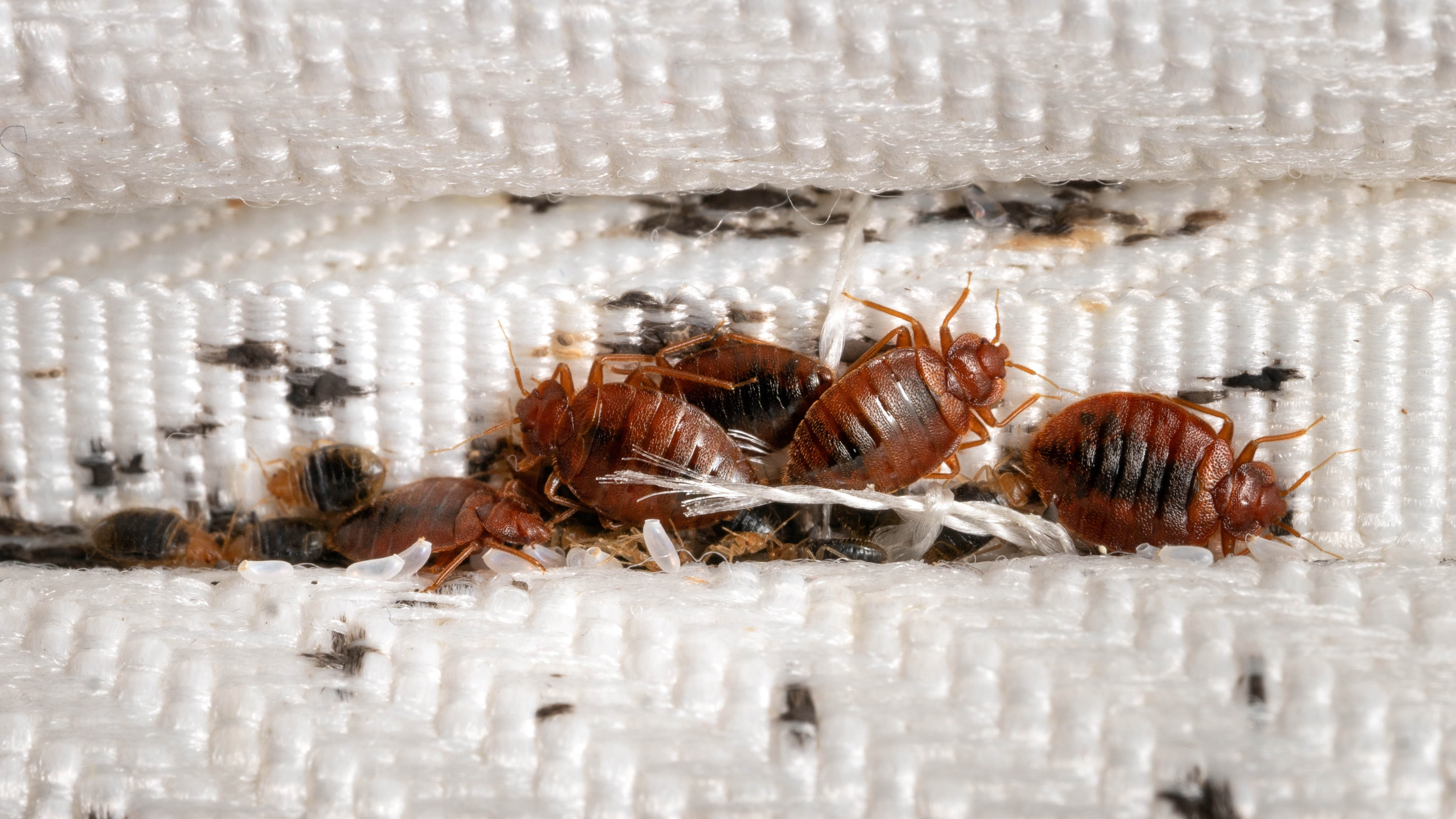
While you can easily spot most pests, bed bugs on the other hand, are hard to see. Trouble is, once they’re established, bed bugs are incredibly difficult to get rid of. In extreme cases, removing bed bugs requires you to vacate your property for fumigation. In addition, these unwelcome guests can leave behind itchy bumps on their victims, and multiply quickly.
During an infestation, these blood sucking insects will hide in bed frames, mattresses, picture frames, electrical outlets, around furniture, and in other hard-to-reach crevices. In that case, you’ll need to look out for the telltale signs of bed bugs in your home. This includes tiny blood stains on your bed sheets, clusters of tiny eggs, feces or a musty odor.
What’s more, bed bugs can invade your home by "travelling" on clothes, shoe laces, furniture and even in suitcases. This is why checking for bed bugs is one of the 7 things to always do when you check into a hotel room.
Bed bugs can also survive outdoors in woodpiles, car upholstery, or outdoor furniture — basically, anywhere that they can come into contact with a human!
Generally, there are both chemical and non-chemical methods and treatments available to get rid of bed bugs. However, if you suspect an infestation, call pest control immediately.
3. Stink bugs
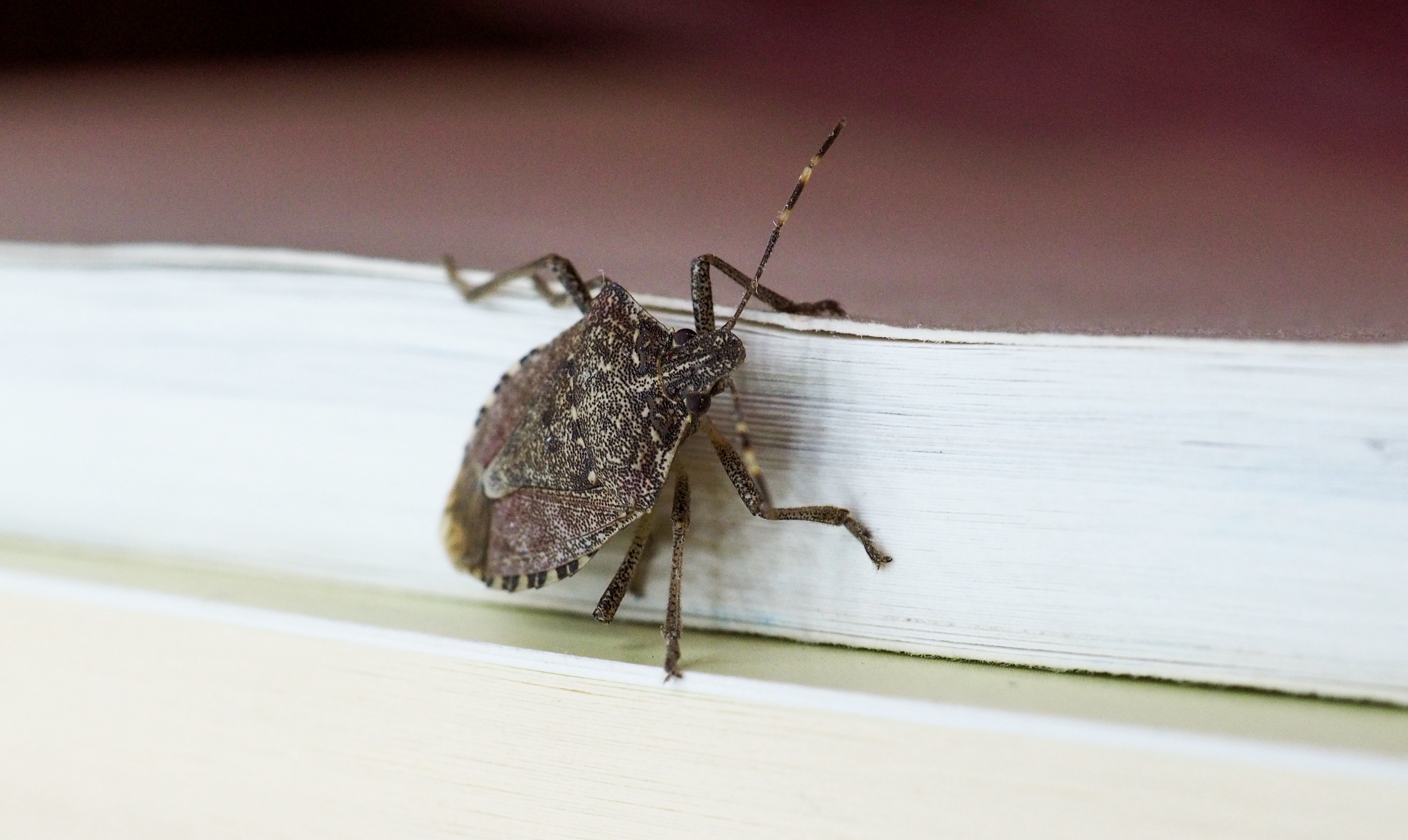
Another active pest you’ll see congregating around homes during the fall are stink bugs. Stink bugs literally get their name from the smelly odor they release once they are crushed or disturbed. Like most pests, stink bugs seek shelter and food once the weather gets colder and are usually found hanging around homes and buildings. After eating their fair share in fall, they will then live off their stored energy while "overwintering."
Once settled somewhere warm, stink bugs release a pheromone that attracts more stink bugs. And that's why it’s so important to know how to get rid of stink bugs with the right way to prevent an infestation.
Typically, stink bugs will hide in out-of-reach gaps such as cracks in walls and floorboards, and crevices. They’ll often stay there and won’t move around much until spring. So you might not even know they’re there!
Just like learning how to get rid of ants, seal up any gaps with caulk (a silicone-based formula is advised for glass), or make necessary repairs to fix larger openings. In addition, close all windows and doors or add screens on them to prevent stink bugs from entering the home. Also, avoid leaving your lights on when not needed, as stink bugs are attracted to exterior lights.
4. Cockroaches
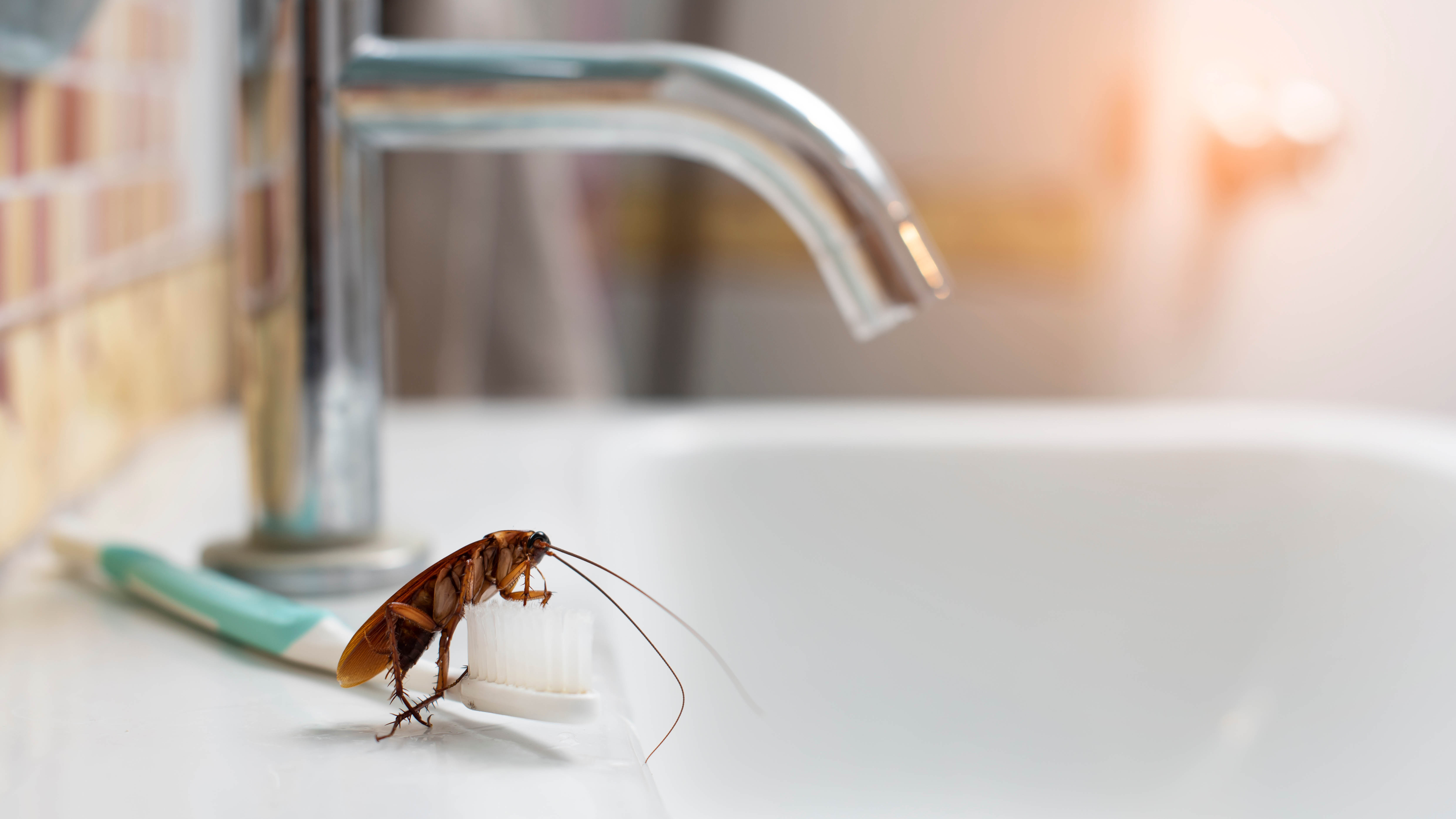
Cockroaches are a common pest, but are more active in the fall in their hunt for food and warmth. Not only are these pests unhygienic and can cause allergic reactions, but roaches are incredibly difficult to get rid of — renowned for their ability to survive.
Typically, the things that attract roaches to your home include food sources, shelter, standing water, open trash and cardboard boxes/paper often found in the attic or basement. These will provide the ideal snack (they even eat the adhesive glue!), and space to nest.
The common telltale signs of roaches in your home include things like droppings, streaks of marks on surfaces, egg cases and musty odors in certain areas. There are several home remedies that are deadly to roaches such as boric acid, borax and baking soda. When using these substances, always keep away from children and pets. Or you can always try traditional methods of glue strips and traps that can be purchased at local hardware stores. You can find these online as well, such as the Harris Roach Glue Traps ($5.98, Amazon).
Again, if you do have an infestation on your hands, it’s best to contact the professional pest control. They will inspect your home, and take the right course of action to get rid of roaches for good.
5. Spiders
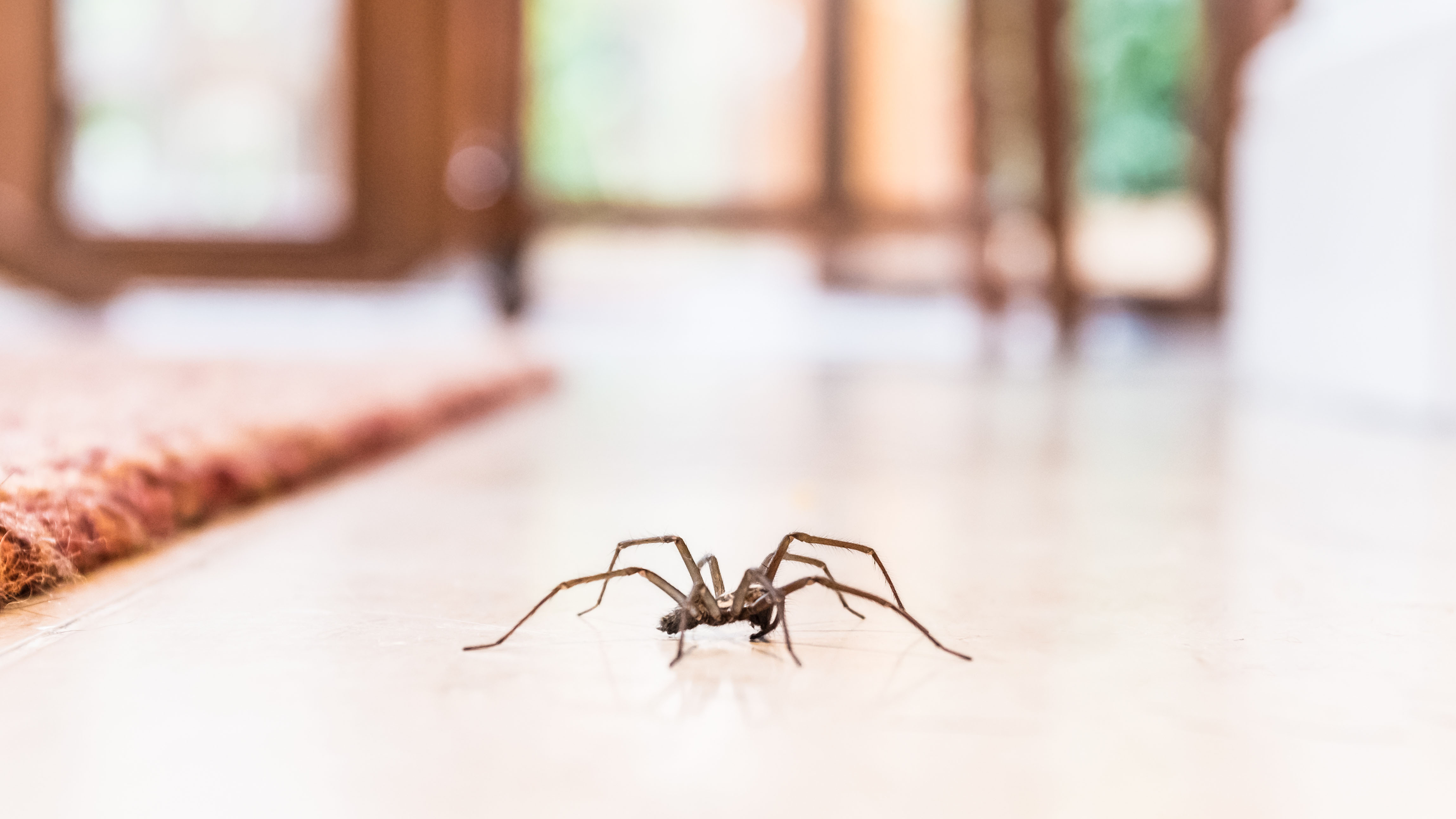
If you’ve noticed more spiders or cobwebs than usual in your home, you’ll probably have more to come! Spiders mate in the fall, beginning in early September and finishing mid-October — meaning you’ll see plenty of unwelcome eight-legged guests. Typically, spiders invade our homes in search of food and warm shelter, feasting on other pests, such as moths, silverfish, and flies.
If you have a case of arachnophobia, you’ll need to know how to get rid of spiders and keep them out of your home. Bear in mind, there are hundreds of species, but make sure it’s not a Black Widow or Brown Recluse spider in your home. Although there are certain spiders that can bite and cause discomfort, these two breeds are poisonous, and can be dangerous to people.
Besides traditional spider traps like these TERRO Non-Toxic Indoor Traps ($11, Amazon), there are spider catchers available, such as the My Critter Catcher ($22, Amazon) if you didn’t want to touch it. Other home remedies include spraying a solution of peppermint oil and water, white vinegar or sprinkling baking soda in certain areas.Just remember to simply vacuum up the power residue when guests are visiting!
What’s more, you can clean unsightly cobwebs with one of the best vacuum cleaners, that should come with a telescopic, extendable wand to reach high or awkward places.
Alternatively, you could check out these 9 plants that repel spiders and keep them out of your home.
6. Ladybugs
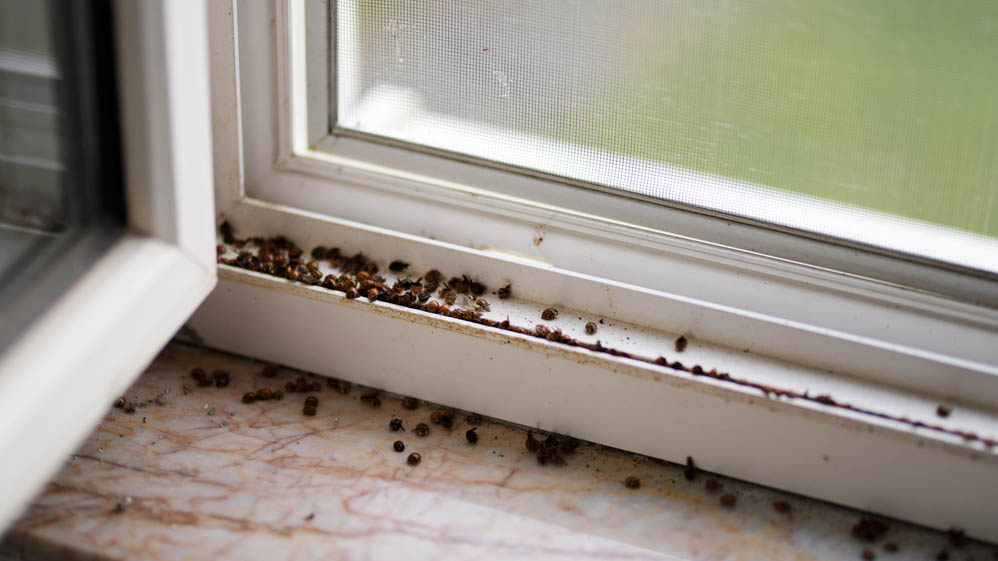
Despite thinking that ladybugs are everywhere in summer, these pests are actually more active during fall to spring. Once the weather turns colder, they can invade our homes or any other warm, secluded place to hibernate.
Generally, ladybugs tend to overwinter in places such as wall crevices, cracks around window frames, sills and door frames. In fact, they tend to gather in large clusters around light fixtures and in windows.You’ll also spot these tiny red insects hiding in gaps behind baseboards so it’s always important to properly seal and know how to clean baseboards.
Bear in mind that there are 5,000 species of ladybugs, so you won’t always be dealing with the same type. Harlequin infestations for instance, can stain walls, fabrics, and paper products as well as release an odor.
However, there are some simple methods to get rid of ladybugs. These include spraying white vinegar onto the affected surfaces or areas, trapping ladybugs with a bowl of dish soap and water, or repelling them with citronella or citrus-scented candles around the home and near entrances. Ladybugs hate any strong scents, which also includes the fragrant bay leaves.
7. Cluster flies
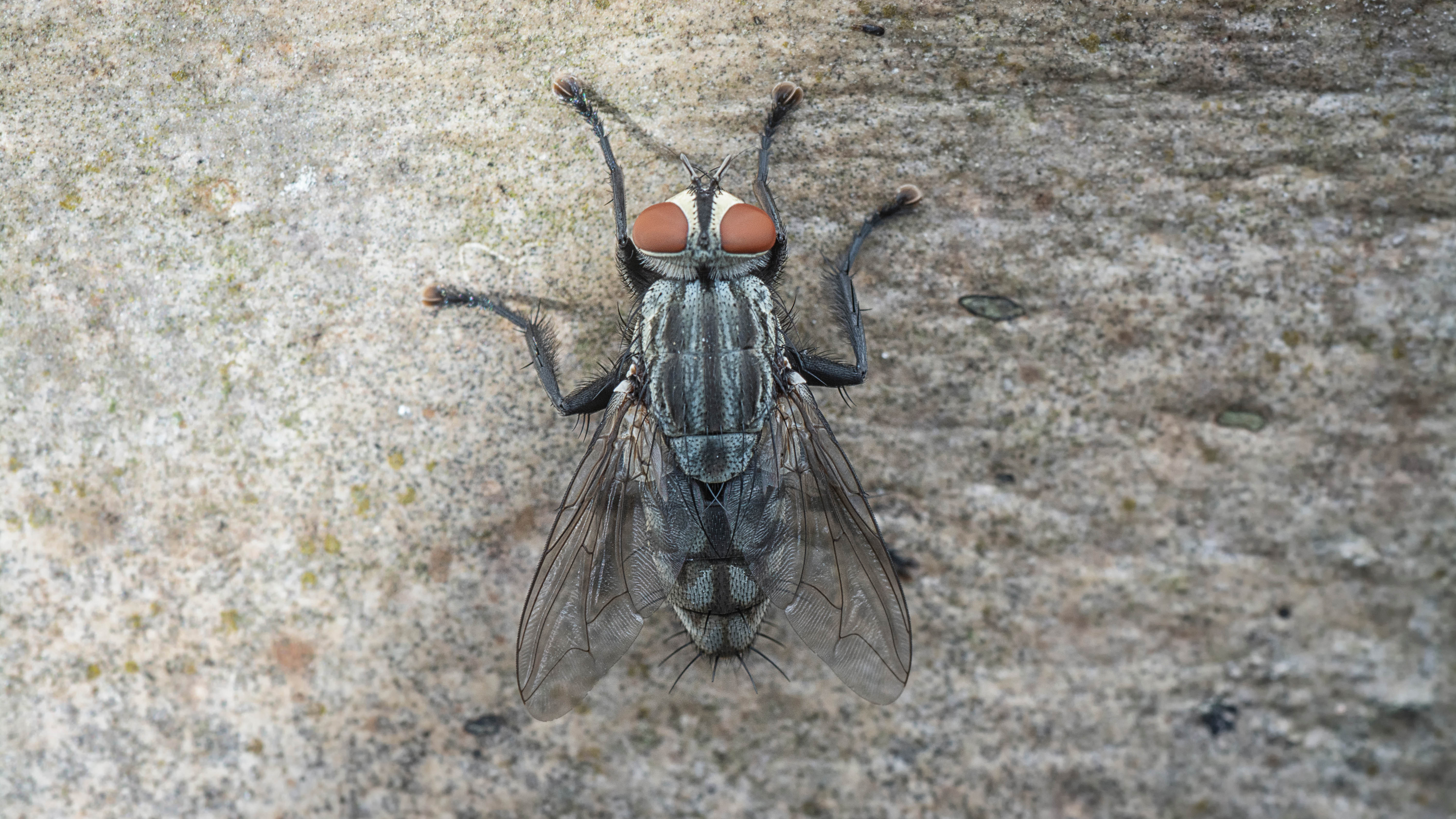
As the name suggests, these large, black flies tend to congregate in large numbers in upper rooms, bedrooms, attics or wall voids of houses to hibernate. In addition, they cluster around the edges and cracks of window frames and openings, escaping the cooler temperatures. Trouble is, once they find their way inside a structure, this gives them the ideal spot for overwintering.
Although they look similar to house flies, adult cluster flies are dark gray in color, and about 1/3"- 2/5" in length. Such flies feed on nectar, and the larvae (maggots), are internal parasites of earthworms. Compared to other types of fly who are attracted to trash, cluster flies are attracted to light coming from windows, or artificial lights at night.
The best way to prevent cluster flies from entering your property is to seal up all cracks, gaps, and entry points. You want to make it difficult as possible for them to creep into your home and take shelter.
More from Tom's Guide
- Here's how to get rid of moles in your yard
- And how to get rid of squirrels without hurting them
- Check out how to get rid of fruit flies

As the Homes Content Editor, Cynthia Lawrence covers all things homes, interior decorating, and garden-related. She has a wealth of editorial experience testing the latest, ‘must-have’ home appliances, writing buying guides and the handy ‘how to’ features.
Her work has been published in various titles including, T3, Top Ten Reviews, Ideal Home, Real Homes, Livingetc. and House Beautiful, amongst many.
With a rather unhealthy obsession for all things homes and interiors, she also has an interior design blog for style inspiration and savvy storage solutions (get rid of that clutter!). When she’s not testing cool products, she’ll be searching online for more decor ideas to spruce up her family home or looking for a great bargain!
